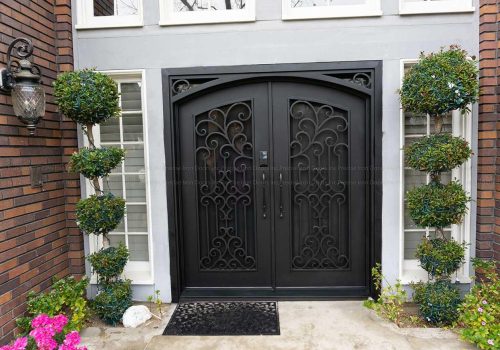Home Solar Panel Systems – Grid Tied or Off-Grid?

National UK government figures suggest approximately 12,000 solar panels are being installed in the UK each month. Due to the increased popularity of solar panels, prices have dropped by more than 80% in the last decade, which is a significant saving, and the trend appears to be continuing. There’s a steady shift towards home solar panels. This change is being driven by increasing energy costs and a global commitment to greener practices. It has placed residential solar power at the forefront of modern energy solutions. However, a common question which needs further explanation is whether you should choose a grid-tied or off-grid system?
Understanding Solar Photovoltaic Panels
Before we begin, it is best to understand what Photovoltaic panels are. Solar photovoltaic (PV) systems convert sunlight directly into electricity. In the UK, solar photovoltaic (PV) systems are the most common and use sunlight to produce electricity. These systems use silicon and other semiconductor materials to capture solar energy and convert it into electrical energy.
A home solar panel system consists of many solar cells that are electrically joined to one another and enclosed in a frame to form a solar panel. Several solar panels joined together form what is called a “solar array”.
Grid-Tied vs Off-Grid Systems: A Detailed Comparison
The choice between a grid-tied and off-grid solar energy for homes depends on several factors.
A home, grid-connected system partners with the local utility grid to supply uninterrupted electricity. If your home solar panels system generates surplus electricity, this excess can be exported back to the national grid. Conversely, if your home requires more electricity than your solar panels produce, the grid can supplement this shortfall.
On the other hand, stand-alone PV systems aren’t connected to the grid and instead charge a solar battery system. These batteries store your panels’ electricity, which can be used as needed in the evenings. Stand-alone systems are common in areas where grid connection is not possible. It’s worth noting, however, that these systems can be more expensive due to the high costs of solar batteries.
Solar Battery Storage Systems
Solar battery storage systems play an integral role in storing electricity generated by solar power, enabling its use during non-daylight hours. These storage systems can be employed regardless of your grid connection status.
While their costs are high, ranging from £1,200 to £6,000 depending on the size and capacity, technological advancements promise new solutions and potential price reductions.
Solar Thermal Collectors
An alternative to PV panels, solar thermal panels use sunlight to heat water stored in a cylinder for your home heating needs. Similar to solar PV panels, these are also mounted on the roof but have a different appearance due to the presence of pipes for water heating instead of cells.
Which Way to Go?
So, should you tie into the grid or go off-grid with your home solar installation? A grid-tied system can offer significant advantages in terms of cost-effectiveness and reliability, with the grid acting as a backup power source. On the contrary, off-grid systems, while more expensive, provide self-sufficiency and independence from any grid failures or fluctuations.
In Conclusion
Choosing between grid-tied or off-grid home solar panel systems will depend mainly on your specific circumstances and needs. Remember to consider factors like location, budget, and energy requirements. Home solar energy can be a game-changing investment towards a more sustainable future when correctly chosen and implemented.


